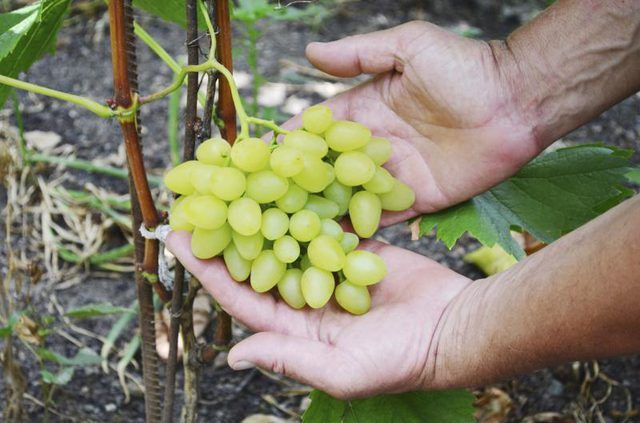Bulbs
Flower Basics
Flower Beds & Specialty Gardens
Flower Garden
Garden Furniture
Garden Gnomes
Garden Seeds
Garden Sheds
Garden Statues
Garden Tools & Supplies
Gardening Basics
Green & Organic
Groundcovers & Vines
Growing Annuals
Growing Basil
Growing Beans
Growing Berries
Growing Blueberries
Growing Cactus
Growing Corn
Growing Cotton
Growing Edibles
Growing Flowers
Growing Garlic
Growing Grapes
Growing Grass
Growing Herbs
Growing Jasmine
Growing Mint
Growing Mushrooms
Orchids
Growing Peanuts
Growing Perennials
Growing Plants
Growing Rosemary
Growing Roses
Growing Strawberries
Growing Sunflowers
Growing Thyme
Growing Tomatoes
Growing Tulips
Growing Vegetables
Herb Basics
Herb Garden
Indoor Growing
Landscaping Basics
Landscaping Patios
Landscaping Plants
Landscaping Shrubs
Landscaping Trees
Landscaping Walks & Pathways
Lawn Basics
Lawn Maintenance
Lawn Mowers
Lawn Ornaments
Lawn Planting
Lawn Tools
Outdoor Growing
Overall Landscape Planning
Pests, Weeds & Problems
Plant Basics
Rock Garden
Rose Garden
Shrubs
Soil
Specialty Gardens
Trees
Vegetable Garden
Yard Maintenance
How to Grow a Small Vineyard
How to Grow a Small Vineyard. You don't need a full-scale winery to start your own vineyard. A small vineyard at home gives you just enough grapes to experiment with a wine making hobby. Growing wine grapes (Vitis vinifera) requires more preparation than a typical garden. Most wine grapes grow well in U.S. Department of Agriculture plant hardiness...

You don't need a full-scale winery to start your own vineyard. A small vineyard at home gives you just enough grapes to experiment with a wine making hobby. Growing wine grapes (Vitis vinifera) requires more preparation than a typical garden. Most wine grapes grow well in U.S. Department of Agriculture plant hardiness zones 7 to 10. The growing conditions, support system and care of the grapes are all key factors in getting your backyard vineyard growing well.
Choose a Location
The location of your vineyard is an important consideration. The grapes need a large amount of sunshine to develop flavor. The size of the area is also a factor. On average, one grape vine produces about five pounds of grapes. One gallon of wine takes about 20 pounds of grapes. Calculate the number of vines you'll need to produce the desired amount of wine. You also need the vineyard close to a water source in case you need to irrigate to supplement rainfall. Drip irrigation allows you to target the water at the base of the vines to avoid waste and keep the vines dry to prevent rotting and mildew.
Test Your Soil
Fertile soil that drains well is ideal for your home vineyard. Clay soils aren't ideal for growing grapes. Sandy loam is a better soil type for the vineyard. Consider the soil pH as well; a soil pH of around 7.0 works best, since either highly acidic or highly alkaline soil doesn't work as well for the grape plants. Take a soil sample using a home soil analysis kit from the area you're considering for your vineyard. If the soil needs amendments, add the necessary nutrients the year before you plant so the soil has time to absorb the additions.
Choose Grapes
The weather in your area helps determine the variety of grapes that will grow best in your vineyard. Traditional wine grapes in the Vitis vinifera family typically need at least 150 days without frost to properly grow and mature. Examples include Merlot (Vitis vinifera "Merlot"), Chardonnay (Vitis vinifera "Chardonnay") and Pinot Noir (Vitis vinifera "Pinot Noir"), which all grow well in USDA zones 7 to 10. If your area frequently drops below 20 degrees Fahrenheit in the winter, traditional wine grapes may die. If you live in colder areas, look for hybrid wine grape varieties that tolerate colder temperatures.
Get Support
Grapevines need a support system from the time they are planted, typically spaced 3 to 6 feet apart. A trellis keeps the vines off the ground so they can get maximum exposure to light. The upright position of the vines also allows for airflow through the plants to reduce the risk of fungal diseases. A grape trellis usually consists of posts with wire connecting them. Netting placed over the vines protects the grapes from birds.